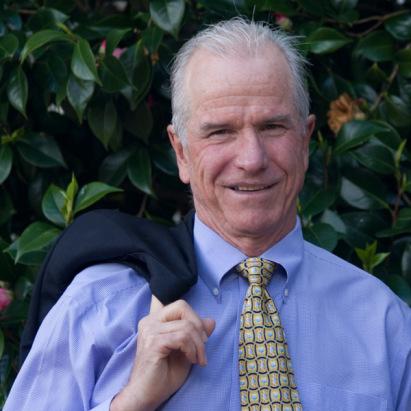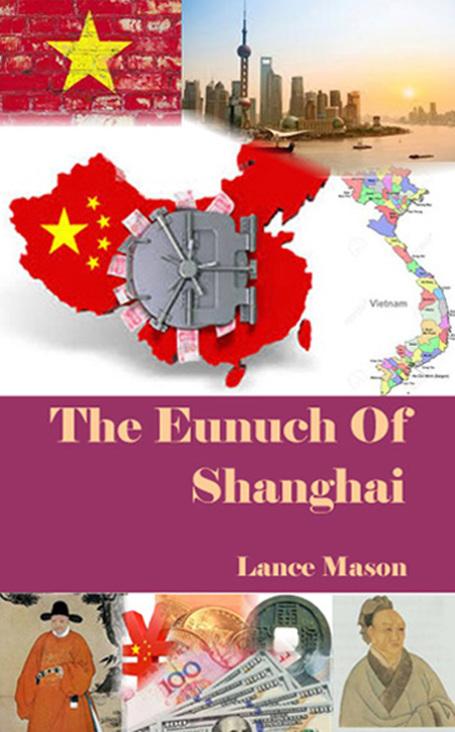This essay was inspired by, and is based on, a discussion with the novelist and teacher Lee Martin at the Vermont College of Fine Art's 2016 Postgraduate Writers Conference, directed by Ellen Lesser.

Show, don't tell is a recognized dictum of the writer's art and the editor's science, aimed at a product that breathes on the page. Yet the vivid pictures that writers must draw when showing are not photographs or etchings, oil paintings or cinema, but mental images conjured from words, so the work at which writers daily pound away will always be an assemblage of written language, and the reason we call it story-telling. The good telling, though, becomes showing. This happens when the written form, merging skill, insight, and experience, coaxes the reader out of sentence structure and the alphabet and into the reader's private imagination. The writer then helps the reader navigate that place and find-or even create-his/her own bank of images, hoping to ignite those visions for the reader that best capture the intent of the writer's words. The writing then burns more brightly when (paraphrasing from Stephen King's On Writing) the reader reads what's in the writer's mind, i.e. what the writer is showing.
Why can this be a vehicle of enjoyment for both reader and writer? When the work stirs true intimacy in the heart of the reader, he or she feels validated for having the imagination to see what's in the writer's creative effort, much as a music buff feels validated in the grasp of Beethoven's Fifth, or a viewer senses the embrace in Rodin's The Kiss. Perhaps this "bridge to intimacy" is why Jane Austen's writing exerts so much power 200 years on, or why The Iliad does after three millennia.
For the writer, this "image ignition" will prove that his/her invention works, that this "machine of words" does carry to another person the ideas created in the writer's mind and written on the page. It has done what its inventor intended: to bring enjoyment, even ecstasy, to the reader. Seeing the bulb light up is as joyful for the writer as the one that lit up for Thomas Edison in Menlo Park.
Still, this machine and its incandescent bulb are built from words, leaving the writer's mind and, if stirring enough in efficacy, rising off the page and into the reader's thoughts and emotions, riding into his/her mind and re-appearing there as pictures that show the writer's intent. Yet where does the author find the concoction that will transport to the reader the story-image the writer means to depict?
The cheap answer is "Many places," but renowned author, teacher, and novelist Lee Martin (The Bright Forever, Late One Night) espouses three necessary elements for every story: a) the chronology of events, b) the cause-and-effect forces at work, and c) the consequences of (characters') actions. The inspiration, imagination, and erudition by which the writer tells these to the reader will determine the efficacy with which he or she shows the story through the images evoked.
Naturally, with someone like Martin campaigning this triumvirate, we all can see its necessity. Once the master artisan has shown me how to nail on the bootheel, the method is self-evident-no deep mysteries to it, right? Yet the process is worth a disciplined look because creative eliciting of what I will call Martin's Triad can put real magic into a story, memoir, or essay.
Chronology is simply the order-in-time of all the events that will be revealed. The chain of cause-and-effect puts weight into the showing with details of each event's timing, breadth, and outcomes. Outcomes (consequences) derive from the intersection of chronology and causes, intended and unintended; they are the penalties or rewards, big or small, final or intermediate, which answer the question, "What happened?" Without that answer, there is no story, but without Martin's formula of: a) an orderly chronology plus b) a logical chain of cause and effect, the c) consequences are neither inevitable nor believable.
Of course, a flawless sequence-in-time, an inarguable series of causal links, and a logically connected set of outcomes do not guarantee a wonderful-or even bearable-story. Lee Martin wouldn't say so. However, without them, you almost surely will not have one. (It should-but doesn't-go without saying that these three "story struts" must be imbued with conflict, the fuel that makes them glow with energy and emotion. A train's timetable, the traction of the locomotive, and the stations on the route are just scribblings on a schedule; but put a bomb on the tracks, a criminal gang in the baggage car, and a Pinkerton Agent in pursuit, and you have a story.)
How, then, do we use these three struts to fashion the story of our dreams?
First, in a seeming contradiction, there is no need to use the Triad logically or sequentially in the storytelling (though we also must not violate them). The narrative may open with the chronology's last act, rather than the first. It may reveal characters' actions that, initially, have no apparent ties to cause-and-effect. A consequence may impose itself from an origin nowhere in sight, or in a way that seems illogically rendered. However, good writing, rewarding to the writer as well as the reader, will execute this apparent jumbling in a way that doesn't confuse or humble the reader, stint on the action, or, ultimately, violate the chronology, cause-and-effect, and inevitability of the (often unexpected) consequences.
Wonderful writing can cascade from the imaginative disassembly-reassembly of these three components, flowing into a narrative that satisfies the basics of a beginning, a middle, and an end. Further, if you want to introduce the "Big Five" early (main characters, MCs' goals and motivations, your "hook," plot expectations, and launching the story), you may need to defer until later the orderly chronology that will eventually complete the story, and much of the causality tied to that opening. In addition, we may open with consequences, but give evidence for their cause or justification much later. Yet, in reassembling the narrative order you choose to use for Martin's Triad, the ultimate integrity of the three must be protected. The underlying logic and causes must remain intact and, in fact, be bolstered, even if in ways only gradually revealed. In the end, the three elements must be resolved and kept whole, for they are the mechanics of the showing.

BIO: Raised in rural California, Mason worked blue-collar jobs during his studies at UCSB, Loyola (BSc), and UCLA (doctorate). He has taught at UCLA, the National University in Natal, Brazil, and Otago University in New Zealand; has presented at UCSB's College of Creative Studies; attended VCFA 2016 Post-grad Writers Conference on scholarship.
Mason's work has appeared in Upstreet, The Santa Barbara Independent, The Packinghouse Review, Newborders, Solo Novo, Travelers' Tales, Tales to Go, The Roar, The Evening Street Review, Sport Literate, New Millennium Writing, and several other magazines and professional journals. ]
Pieces of Mason's nonfiction were selected for 2017's The Soul of a Great Traveler, an anthology of award-winning travel memoirs; The Best Travel Writing, Vol 11 (2016); Sport Literate's Best of 2016. His first publication a piece in Voices Of Survival, (Capra Press, 1986), alongside Arthur C. Clarke, Indira Ghandi, Carl Sagan, and the Pope. His most recognized short piece is "The Train to Harare," an African travel memoir with half a dozen awards and honors.
Published in 2016, A Proficiency in Billiards is a book-length collection of essays and memoirs that has met with favorable reviews. The writer is completing his fifth novel Loan Star, on the power and greed of banking and political corruption in America. He has also completed The Killing of Chuy Muro, The China Contract, its sequel The Eunuch of Shanghai, and The Brass Ring. Mason and Gary Byrne, PhD, published The Seven Paths to Poverty, a guide for young adults to avoid financial hardship.
Mason has spent forty years exploring, living, and working overseas, including a half dozen round-the-world trips by every conveyance from boots to bicycle to dugout canoe. Mason lived in New Zealand for thirteen years, the setting for portions of several long and short works. Rugby, cycle-racing, live theater, wine, and fishing have all interfered at times with his writing life.
Lance Mason Website: https://lance-mason.com

